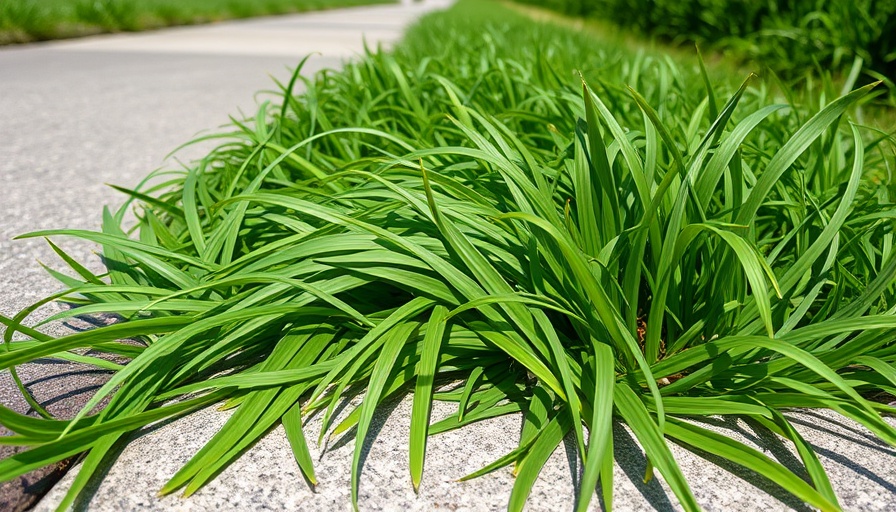
What is Crabgrass and Why Should You Care?
Every homeowner dreams of a lush, green lawn, but pesky crabgrass can quickly turn that dream into a nightmare. This hardy weed, scientifically known as Digitaria spp., is notorious for spreading across lawns with its long, sprawling stems. Aesthetically, it’s not just a slight annoyance—it competes with your healthy grass for nutrients, water, and sunlight. As Peter Landschoot, a turfgrass expert from Penn State University, explains, if crabgrass is allowed to thrive, it will not only ruin the uniformity of your lawn but also potentially lead to bigger issues in the future.
Understanding Germination: When Crabgrass Strikes
Perhaps one of the most important things to know about crabgrass is when it germinates. As the weather warms up, particularly when soil temperatures hit around 55 degrees, crabgrass starts to sprout. Depending on your region, this can happen anytime from mid-March to early June. For homeowners, this means that diligent intervention must start early in the spring—before it establishes a foothold in your green space. By being vigilant about the temperatures, you can stay one step ahead of this invasive weed.
Prevention is Key: Techniques to Keep Crabgrass at Bay
For those seeking a low-maintenance lawn, prevention is the name of the game. It’s always easier to prevent crabgrass than to remove it once established. Experts recommend using a pre-emergent herbicide before the seeds have a chance to germinate. This approach targets the crabgrass early, preventing it from sprouting. As Clint Waltz, a turfgrass extension specialist from the University of Georgia, emphasizes, timing is everything. Apply the herbicide just as temperatures begin to rise; this is your best shot at a crabgrass-free season.
Actionable Tips for Targeted Removal
Should you find yourself in a crabgrass crisis this growing season, don't despair. There are targeted removal methods that can help. Hand-pulling can be effective, but it's vital to pull the weed out by the roots to prevent regrowth. If the infestation is more extensive, consider using a non-selective herbicide, but always follow the label instructions carefully to minimize damage to your desirable grasses.
Beyond Control: Cultivating a Healthier Lawn
While getting rid of crabgrass is crucial, it’s equally important to nurture your lawn back to health. By aerating your soil, fostering healthy grass growth, and utilizing a proper watering regimen, you're less likely to see crabgrass return. Consider reseeding any bare patches with a mix of grass that complements the existing lawn. This not only enhances the beauty of your space but also helps prevent crabgrass from finding a new home in your garden.
In Conclusion: Your Green Oasis Awaits
Understanding how to manage crabgrass effectively means you're taking the first steps toward maintaining a beautiful lawn. Remember that prevention is your strongest tool. So before the weeds start popping up, get ahead with pre-emergent treatments, regular lawn care, and the right grass mix!
Ready to take action? Visit your local garden center or consult with a lawn care professional to pick the right products for your lawn. The lush lawn of your dreams is just a step away!
 Add Row
Add Row  Add
Add 




Write A Comment